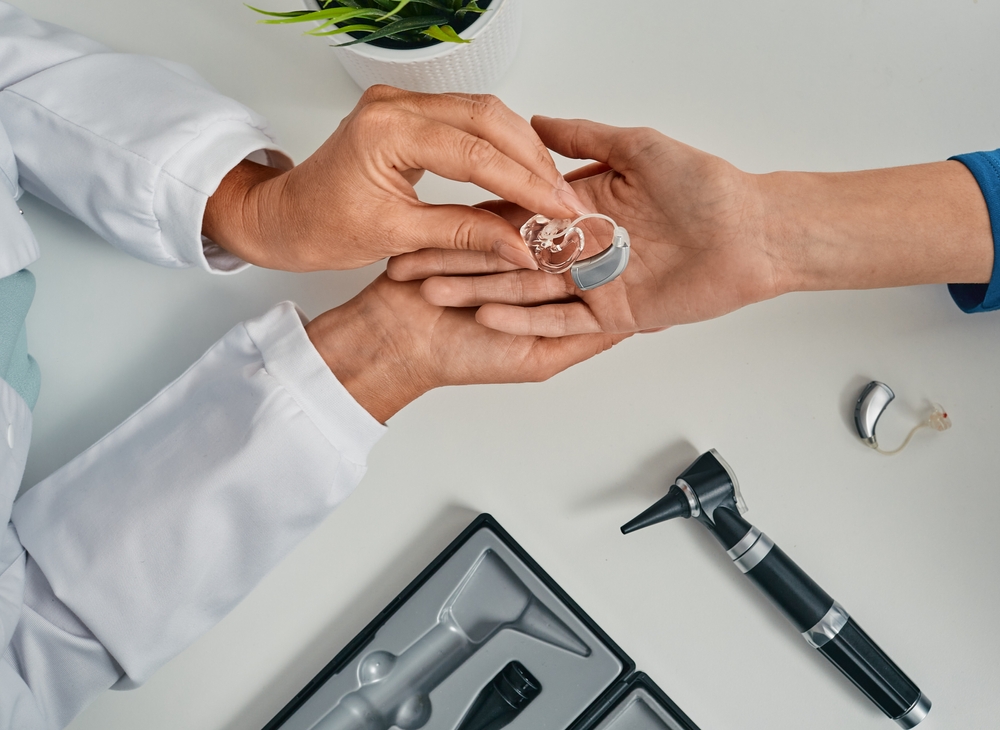
Hearing aids perform a vital role in enhancing sound clarity and enriching daily communication. For optimal performance, it’s essential to schedule routine maintenance and periodic expert cleaning sessions. As an outcome of prolonged use, an accumulation of earwax, moisture, and other particles can happen, causing performance to decline. Knowing when it is time to arrange professional maintenance can help extend the longevity of your hearing aids and ensure they continue to operate at their best.
Why it’s valuable to have your hearing aids professionally cleaned
Even with regular at-home care, hearing aids progressively collect accumulation that might impact sound quality and performance. Professional maintenance offers several key benefits:
- Deep Cleaning– Eliminates earwax, dust, and moisture that day-to-day cleaning tools might not effectively remove.
- Enhanced efficiency – Removes barriers that might cause muted audio or distortion.
- Improved Longevity – Helps to avoid early deterioration, thereby minimizing the necessity for repairs or replacements.
Routine professional cleanings keep your hearing aids functioning effectively, decreasing the risk of unforeseen malfunctions.
Signals that your hearing aids require professional maintenance
If you’re uncertain whether it’s time for a professional cleaning, look for these common warning signs:
- Unclear or Jumbled Audio: If voices and background sounds appear feeble, muffled, or altered, the issue might be caused by blockages, such as earwax or debris, obstructing the device’s microphone or speaker.
- Continuous Feedback or Squealing: A squeaky noise at a high frequency (feedback) could indicate a blockage from earwax or an ill-fitting device. Professional cleaning can help in removing blockages and adjusting the fit accurately.
- Troubleshooting Volume Issues: When volume changes fail to yield the expected outcome, it may be necessary to carry out maintenance on internal components or recalibrate the system’s software settings.
- High humidity can impact the device’s internal components, resulting in random audio disruptions or faulty button control. A qualified expert can assess and resolve problems related to moisture or water damage.
- If you observe a noticeable increase of earwax or dirt on your hearing aids, it is recommended to get them professionally cleaned for a more thorough elimination compared to cleaning them at home.
- Utilize precision tools to remove wax, dirt, and moisture without damaging fragile parts.
- Examine and repair components to verify all elements are functioning properly.
- Examine both software and hardware to pinpoint any performance problems that may be affecting the quality of sound.
- Switch out worn-out filters or tubing that might be impede device performance.
- Every 3 to 6 months for routine maintenance.
- Regular cleanings are suggested for individuals who tend to generate a lot of earwax or reside in areas with high humidity, as these environments can exacerbate wax accumulation.
- Managing small issues quickly can help avoid expensive repairs down the road.
What does a professional hearing aid cleaning look like?
A professional cleaning appointment goes beyond standard upkeep and ensures your devices operate optimally. Here a few things your hearing specialist will do during a cleaning:
What is the recommended time frame for scheduling professional maintenance?
The need for professional cleanings differs based on factors such as how much earwax is produced, the levels of moisture, and how the device is typically used. Commonly recommended best practices are:
Keep your hearing aids in top condition
To keep your hearing aids working optimally and delivering crisp, clear audio, it’s essential to schedule regular exams and maintenance with a hearing care professional.
If you’re noticing muffled audio, feedback, or performance problems, it may be time to schedule a professional cleaning.
Book an appointment for your hearing aid cleaning and maintenance now.